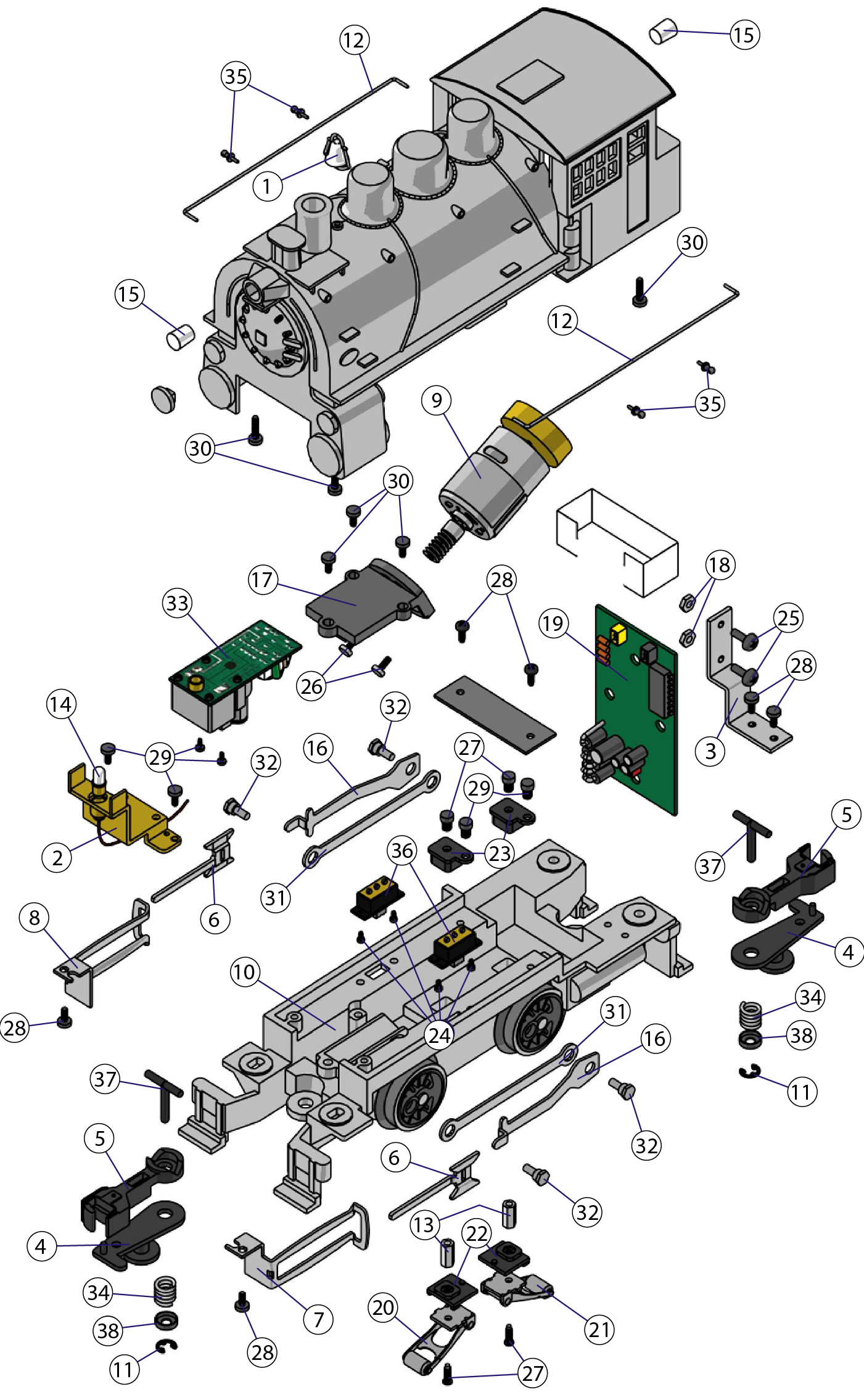I have one of the RailKing dockside switchers from the late 1990s. Good little engine, but has an issue. As it runs at a constant voltage, it will eventually start to slow and come to a stop, unable to run at any voltage. Does this sound like a reversing board/rectifier issue, or the motor failing?
To go past that, because the electronic reversing board is quite old, and it doesn't play well in a command environment, I was giving thought to the idea of converting to DCS using the Proto3 board found in the 44-ton switchers. These require no tether, having come from a diesel, and are apparently significantly smaller than their regular PS3 board conterparts.
Has anyone here looked into this? Are there limitations with this board not found on other PS3 boards?
I'm thinking because these boards aren't sold as conversion kits that I may end up having to sacrifice a 44-ton to get a harness, etc., but that may still be worthwhile to me.
This would be my first conversion, so I'm biting off a tough cookie for my first, I guess. Not too worried about it should I run into difficulty, just want thoughts from those who've previously done command conversions if this would be the right route to get DCS on board. I'm not interested in doing TMCC, though I know @gunrunnerjohn apparently did get one converted in that fashion.
Looking forward to a lively discussion on this one.







